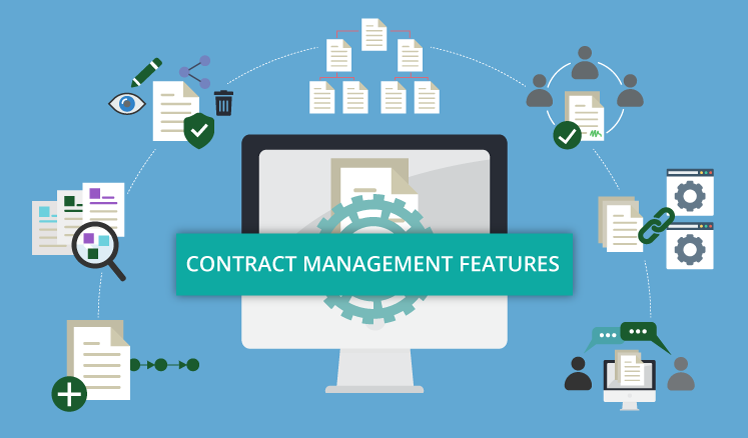The food industry is growing like never before. According to Statista, revenue from the food market has already amounted to a whopping $924,389 million in the US in 2020. There are mainly two reasons for the number being this high.
First, due to the Coronavirus pandemic, people are opting for home delivery of food. Second, this year saw an increase in home cooking which means that many people have started ordering vegetables and groceries online to be delivered at their doorstep. In fact, in another survey by Statista, 44% of the respondents stated that they were more likely to stock up on household essentials. Needless to say, during these difficult times, simply having food products available on the shelf or in stock has been enough to drive sales.
Consumer behavior, however, was already changing before the pandemic. Factors like climate change and digitalization are contributing to this change. The pandemic has only made customers focus even more on health and hygiene issues.
Consumers also want transparency. They want information about the freshness of their ingredients, how the food was cooked or produced, the environmental policies that impact food production, the ethical treatment of the employees, and so on. This is why food companies are using this time to incorporate technology-based solutions to embrace the values of the consumer more by ensuring that their food products are of high quality, healthy, and a good value to the consumers. Food companies are also keeping in mind that consumer values, such as sustainability and clean labels, are likely to return to the forefront once conditions improve.
Technology, on its part, is also impacting the food industry. Advanced technology solutions are playing a major role in the way food is being produced and procured. The following are some examples of technology being used in the food industry.
Robotics and Machines
According to a forecast by Markets and Markets, the food robotics market is estimated to reach a value of $2.5 billion by 2022, with a projected CAGR of 12.80%. Below are some of the reasons for this growth:
- Robotics and machines reduce the cost of keeping food fresh and increase productivity.
- Robots are increasingly becoming capable of handling delicate and diverse food products.
- Robots contribute significantly to protecting humans from work injuries by performing dangerous jobs, such as cutting hard meat and working in challenging environments, including heat, cold, and humidity.
- Automation increases the efficiency of food companies. Also, the reduction in human interference in the production process means a reduction in the risk of contamination.
There are generally two types of robots doing wonders for food companies. Generic robots help move heavy objects, while specialized robots help with executing complex tasks, such as cutting meat or processing vegetables. The robots that help in packaging food products are also considered specialized robots.
Artificial Intelligence
Artificial Intelligence (AI) is no longer just science fiction. According to Blue Weave Consulting, the global market for AI in food and beverages is expected to reach $12.58 billion in 2026.
AI has already made a significant contribution to understanding and shaping customers’ minds. To a considerable extent, it has helped in customizing the menu in restaurants according to the repetitive choices of the customers and other data analytics.
We examine a few more applications of AI in the food industry below.
Sorting Food
It can take quite some time to sort fresh produce to prepare it for the manufacturing of different items. Using advanced AI applications that use sensor-based optical sorting solutions, manufacturers can arrive at decisions regarding which potatoes should be made into french fries, which ones should be made into potato chips, and which ones should be made hash browns.
Improving the Supply Chain
As food companies find the need to be more transparent about their operations, AI helps them with supply chain management. The technology assists companies in testing and monitoring food safety at every step of the supply chain. It also creates more accurate forecasts to help manage pricing and inventory.
According to the United Nations Food and Agriculture Organization (FAO), nearly 1.3 billion tons of food which are produced goes to waste every year. This is a third of the total food produced in the world every year for human consumption. The amount of food wasted costs $2.6 trillion and is more than enough to feed the 815 million who are hungry four times over. So, some food companies are using AI to help retailers accurately monitor demand to ensure that they don’t get a surplus of food that goes to waste.
Planning Accurate Routes for Food Delivery
In the case of food delivery services, timely delivery is of the utmost importance and the best way to ensure timely delivery is to plan accurate routes. Manually planned routes, which use pen and paper, are inefficient and time-consuming. Also, a free route planner for delivery or deliveries is not apt for multi-stop routing.
On the other hand, an AI-powered delivery route planner automates route planning and provides well-optimized routes, while factoring in multiple constraints and historical data, such as weather and traffic. In this way, your drivers always show up on time without any hassle.
Ensuring Personal Hygiene
AI is being used to ensure personal hygiene in food plants. The system uses cameras to monitor workers and uses facial recognition and object recognition software to determine if the workers are wearing hats and masks, as required by safety laws. If there is a violation, the software extracts screen images for review.
Cleaning Processing Equipment
AI technology is being developed to reduce cleaning time and resources. It is called Self Optimizing Clean in Place (SOCIP). It uses ultrasonic sensing and optical fluorescence imaging to measure food residue and microbial debris in equipment. It then optimizes the cleaning process.
3D Printing
The 3D printed food market is projected to reach $425 million in the next five years. Interestingly, NASA has even used a 3D printer to cook pizza. The reasons for 3D printing’s popularity is its powerful capabilities and benefits such as:
- Saves time and effort in experimenting with food preparation that requires perfection
- Innovates healthy foods
- Ensures food sustainability
- Helps make personalized foods
Drones
Drones help in precision farming. The technology uses tracking systems and satellite images to monitor soil levels, crop yields, and weather patterns. They can also ascertain the health of crops to ensure that damaged or diseased crops are eliminated. In addition, drones can be used for food deliveries too which have become a reality, since the Corona pandemic.
So, what’s your view on the growth of the food industry and the role of technology in it?








Add Comment